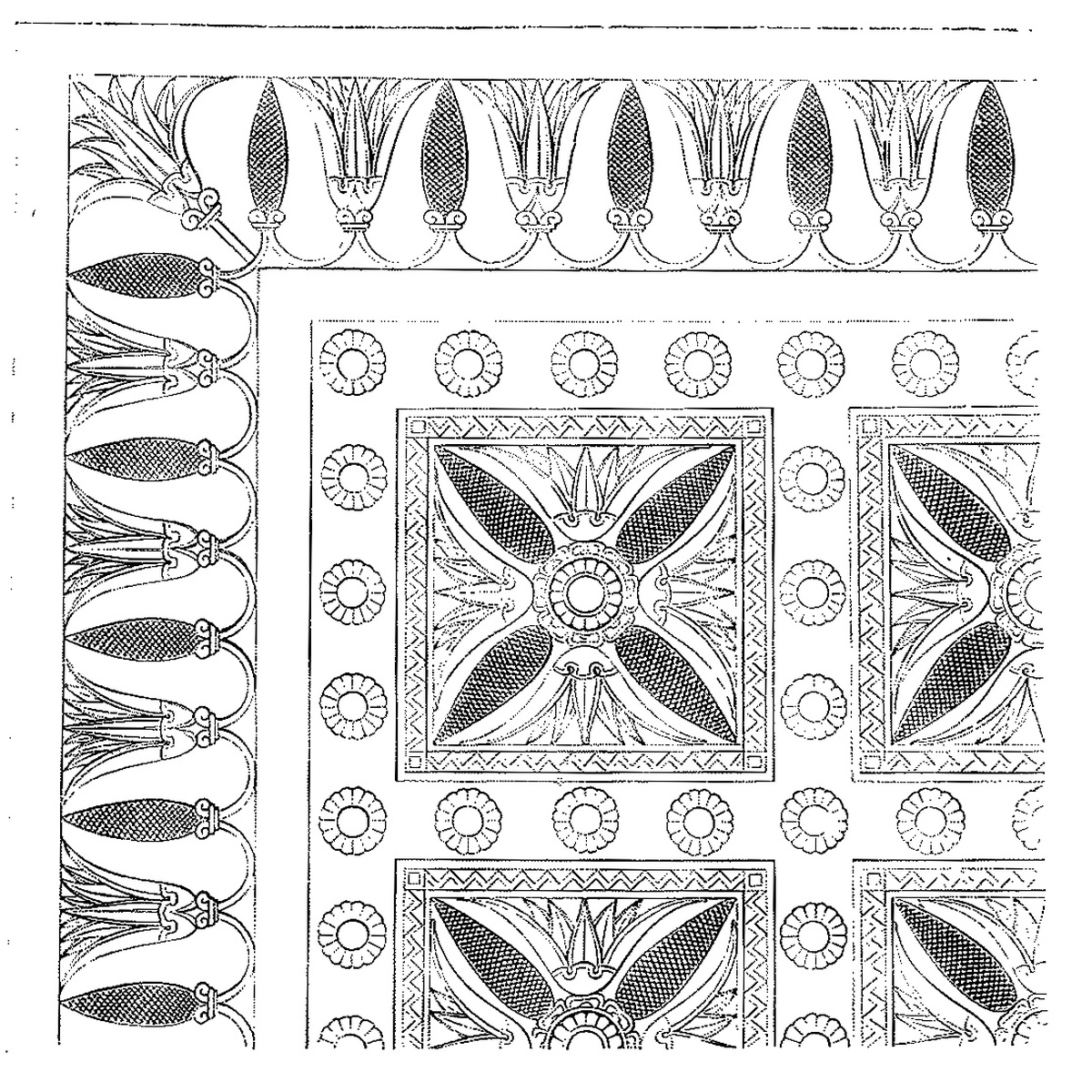NMLA SWIM THE SERPENTINE
SEPTEMBER 2018

On Saturday, a group of current and former NMLA staff, friends and partners swam a mile in the Serpentine as part of the weekend’s open water swimming festival in Hyde Park.
Following a summer of sun-drenched sea and river swims, it was pouring with rain as we made our way through crowds of bemused tourists and displaced geese to the start. It felt distinctly autumnal as we lined up on the edge of the Serpentine in our wetsuits and matching hats to a motivational soundtrack featuring Ricky Martin. After a civilised scrummage at the start, everyone settled into a rhythm for the mile-long lap in the murky greenish-grey water. We circumnavigated Christo’s vast London Mastaba, a stack of 7,506 brightly coloured barrels floating in the centre of the lake, and agreed that our frog’s-eye views of it lent a new appreciation of the piece. As we rounded the final marker buoy and then clambered up the precarious exit ramp, we emerged grinning, enjoying the familiar and addictive endorphin buzz from pushing through the chilly water. A bottle of fizz was opened and shared, and we splashed damply off to the pub to warm up and relive the summer’s swimming exploits.
For anyone considering a discovery of swimming outside (even vicariously!), we would thoroughly recommend Roger Deakin’s wonderful book Waterlog, which tracks a year of swimming in the wild across the UK and has by now inspired thousands of subversive sea, river and lake swims.
ASSYRIAN CARPET
MARCH 2014

At the Assyrian collection at the British Museum, set amongst the colossal gateways of winged beasts with human heads and resplendent reliefs of bloody scenes from lion hunts, there is a large gypsum alabaster stone panel that was once a decoratively carved and painted door sill made up of inter-weaving patterns and borders, in imitation of a magnificent carpet.
Now wall-mounted in its current home, its intricacies can be clearly admired. Alabaster was discovered by the Assyrians circa 879BC to be ideal for carving fine ornament detail, and huge pieces were accordingly quarried, transported and installed as panels in the internal rooms of royal palaces where reliefs or pattern befitting a king would be carved with an astonishing level of skill within a surface depth of 10-15mm.
For Niall McLaughlin Architects T1 project, carried out for Argent on the King’s Cross redevelopment site, a motif from this ancient panel is being incorporated, along with other patterns from ancient Egypt to the twentieth century, into a number of repeating pre-cast elements that will form the building’s decorative facades and bring this enigmatic piece of deracinated design a new lease of life.
We are currently working towards achieving this in a collaboration with the client and the project’s contractor and a team of architectural pre-cast specialists. After carefully interpreting the motif and integrating it into the facade scheme; the proposed design is now being taken forward by mould makers who are utilising 3D routers to form prototypes of a pattern mould. The first results, which are being awaited with no little anticipation by the design team, will be analysed and the depth and colour of the reliefs carefully calibrated. Within a short period of time the small extract of pattern from an Assyrian carpet in existence nearly three thousand years ago will have a physical presence as part of a tapestry of other pre-cast components on this distinctive building forming, part of this ambitious development in the centre of London.
Image of Assyrian carpet pattern engraved in stone from Gottfried Semper Style in the Technical and Tectonic Arts; or, Practical Aesthetics, Getty Publications, 2004
Tim Burton studied architecture at London Metropolitan University and the ETH Zürich after a previous degree in Fine Art and Art History at Goldsmith’s College and experience within the film industry. He has also worked for Gramazio and Kohler’s Research Chair for Architecture and Digital Fabrication. Tim joined Niall McLaughlin Architects in 2012. Since joining the practice, he has worked on a Peabody housing project in Whitechapel and the T1 Building for Argent in London’s Kings Cross. The T1 Building is a large mixed use development containing a district energy centre, an indoor sports pitch, car parking, shops, bars and 80 apartments.

